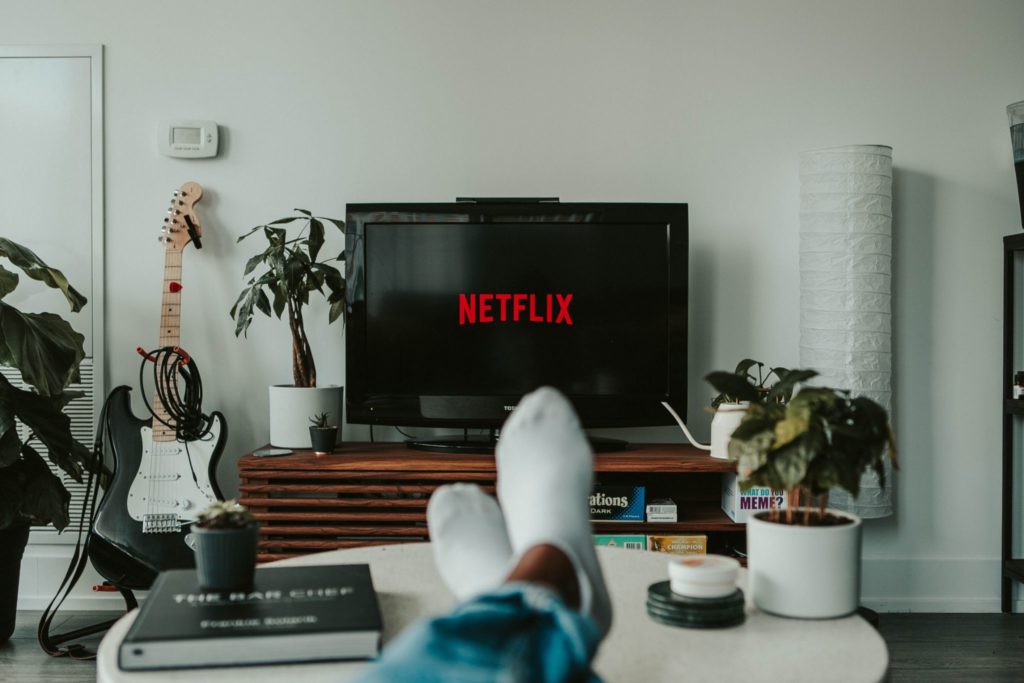Working from home has opened everyone’s eyes to the bittersweetness of this unlimited freedom. People are trying to grasp what makes working from home harder than it looks, and some employees finally cracked the code. The reason remote work has seemingly more setbacks than anticipated is the lack of an office-based routine. But what is an office-based routine, and why do we need it so much?
It’s no accident that offices are the way they are. Every dress code, the timing of breaks, the interior design are there for one thing and one thing only: to ensure productivity in employees. An office-based routine basically means a daily routine that revolves around work and sets everything else in the background. This routine helps you be the most valuable asset in a company, and it’s your duty to ensure this productivity while working from home too.
A key ingredient of an office-based routine is purely neurological. From Monday to Friday each morning an office-centric routine creates a Pavlovian reflex to certain things, over time teaching our brains to switch to work mode. This can be the moment the alarm goes off, it can be dressing up in a formal outfit, drinking a morning cup of Joe, or having a cold shower. Anything that sets the tone of a workday creates this reflex in our minds that from this point on, it’s productivity and results above all. Taking this away makes the entire day hazy, confusing, and less productive in the end.
To make a remote workday as effective and productive as a day spent in the office, people must create an office-like environment and should keep themselves to a similar routine. Of course, everyone should enjoy the freedom that comes with remote working, but some rules must be kept in place to ensure this Pavlovian effect takes place each morning, switching our brains into work mode.
To ensure that this happens, you can do a few things. The first is creating a close-to-same routine at home. Get up early, make your coffee, make your bed, get dressed (no need for theatrics, your comfy pants will do just fine), and keep telling yourself that despite you not leaving for work, this is still the beginning of a professionally productive day. The second very important thing is to create an office-like environment around your desk. Try not to work from the couch, try not to get up to do last-minute laundry. When you sit at that desk, you are in your office, and not in your home. Take all distractions out of sight, and focus solely on work. And the third and last most important thing you must do is spend your breaks “wisely”. Don’t start doing dishes, cleaning, running errands, and washing your clothes in your coffee or lunch breaks, because that will switch your brain right back to home mode, and you’ll find it that much harder to click back into work.

Everyone who’s been working remotely knows that if they start doing chores during work breaks, instead of going back to work when they’re done, they just plop onto the couch and refuse to get back up for anything. The same goes for breaks that start with “just one more episode”. Instead, make a coffee, sit outside for 10 minutes, read a chapter of your favorite book, eat something, and just relax. This is the hardest for people working next to their families because other household members might not understand what you’re doing.
But after all, whether you’re home or in an office, your number one priority from Monday to Friday 9 to 5 is still your job, so try to ask your family to treat you as if you weren’t even there. The same “rule” goes for students as well. A lot of parents “nag” their children when they’re on breaks in a remote school, but the same neurological process goes down in their brains as well, making these distractions more destructive than helpful.
Circling back to your home office improvement, understanding these happenings makes it so much easier to correctly adapt to the situation. These reflexes help our brain be more productive in the office and more adaptive at home. Mixing the two is very confusing because it’s two different types of ‘productive’ that don’t mix well.
Overall, there are three main rules people must focus on. The first is creating a functional routine. This routine has two crucial parts. The first is the morning outline which helps switch to your work-self, and the second is a little routine after working hours that helps create a smooth transition from work to home (in an office-based routine this can be the road back home, a nice walk before entering your house, or an afternoon coffee with your co-workers, etc.)
The second rule is creating an office-type space in your home that maximizes and prioritizes productivity. This place shouldn’t have any distractions like games, movies, lots of electronics, snacks, etc. The third rule is to be careful with your breaks and never mix work with home. Act like you’re in the office, and ask other household members to do the same. And during your breaks, don’t start doing chores. This will help keep your brain in its most productive state for a longer time, not confusing it each day.
If you can, create a cocoon of productivity in your home, and every day from the start of a workday to the end of working hours, focus on being your office-self and be more productive than ever. When done right, remote working is very rewarding and can be much better and healthier than working in an office. But it takes conscious and constant discipline and self-motivation. If you have that, it can be the best thing that’s ever happened to you. But those who just don’t seem to work well from home just have to follow these simple steps and wait for the day when they can walk into the office again and be their most productive selves, and that’s okay too.






